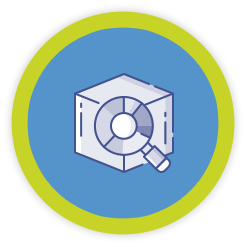Polypropylene or PP is a thermoplastic polymer produced from the polymerization of propylene or propene gas. It can be identified in materials by the triangular recycling symbol, with a number “5” inside and the letters “PP” underneath.
The synthesis of polypropylene involves the polymerization reaction of propene, a gaseous by-product of petroleum cracking, in the presence of a catalyst and under controlled conditions of pressure and temperature.
Homopolymers and copolymers are the two main types of polypropylene available on the market. Homopolymer is the most widely used and contains only propylene monomers. Polypropylene copolymers, on the other hand, are produced by polymerizing propylene and a small part of ethane or other monomers.
Some advantages of polypropylene are its competitive cost, high availability, low density, balance between thermal, chemical and mechanical properties, which can be modified with the use of additives.
In addition, polypropylene is recyclable and can be reprocessed and used again in a variety of applications.




